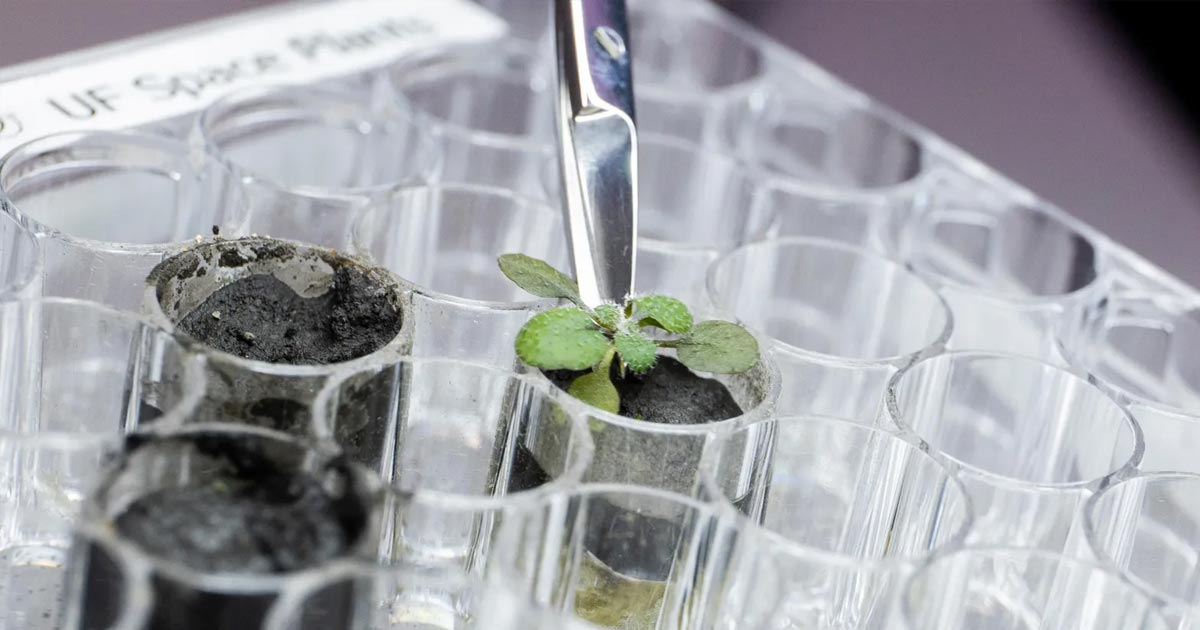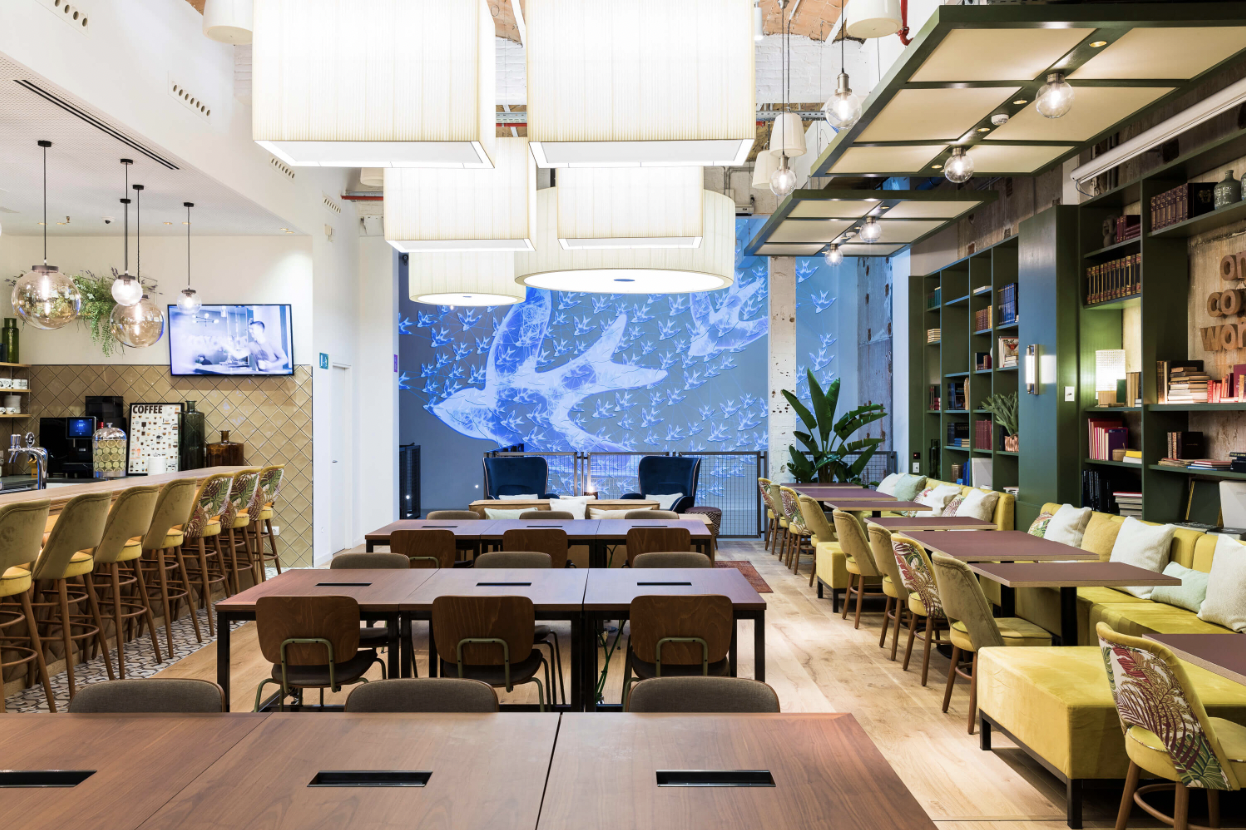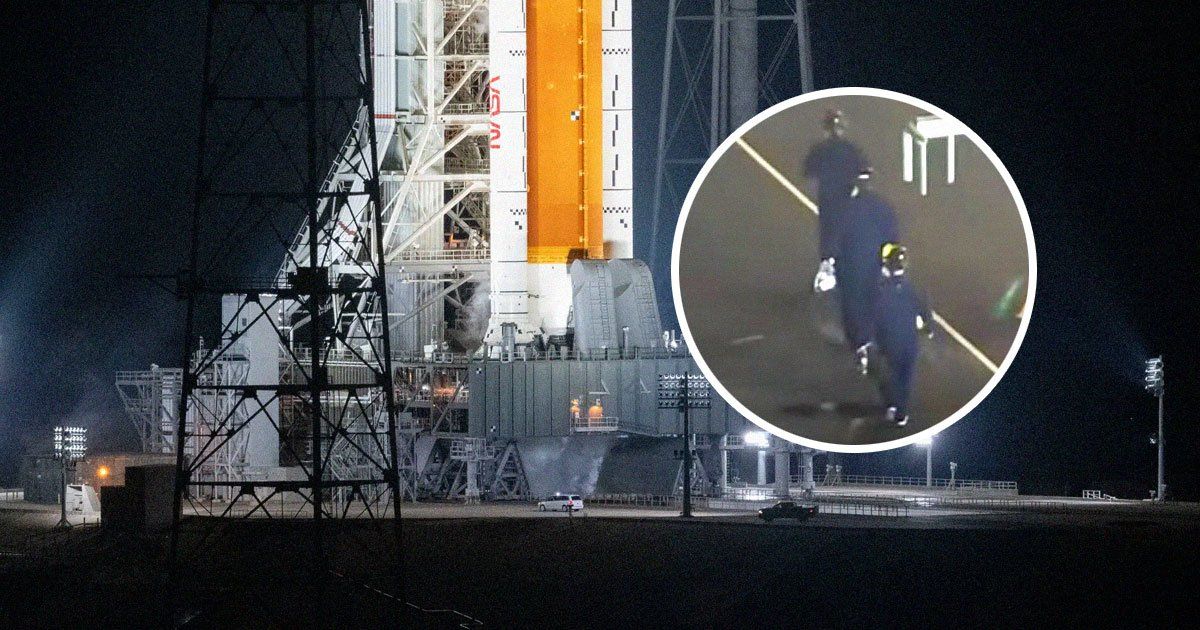
A new skill may soon be in high demand among potential astronauts: gardening.
Three scientists from the University of Florida say they’ve successfully grown plants in samples of lunar soil collected during three different Apollo missions. The research, published in the journal Nature today , showed off the tiny but miraculous green Arabidopsis thaliana , or thale cress, seedlings.
The team used samples from Apollo 11, 12, and 17, along with a control group of volcanic soil from Earth, which has a similar composition to lunar dirt.
Unsurprisingly, the cress grew best in the Earthly volcanic ash and worse in lunar soil, but it did indeed grow in the alien dirt. Dr. Stephen Elardo, assistant professor of geology at the university, said they included a water-based nutrient solution to stimulate growth, sort of like a Moon-y Miracle Gro.
“It’s all rock-based,” Elardo said of lunar soil on a phone call with Futurism this morning. “There’s almost no carbon, no water, no phosphorous, no nitrogen, all the standard things a plant needs.”
Soil amendments, like the water-based solution Elardo’s team used, are almost certainly going to be involved in any successful lunar gardening project. On Earth, gardeners and agricultural producers alike still need to make sure soil composition matches a plant’s needs, which are predominantly nitrogen, carbon, potassium and phosphorus.
Cheap soil tests allow us to identify deficiencies and add specific amendments like compost, blood meal, egg shells or synthetic nutrients. But on the Moon, it’s not really clear yet how we properly fertilize plants and make up for the rough, aggressive particles of lunar soil. It’s important though, because the gap between wimpy seedling and fully fruited, productive plant is wide.
Elardo said the study is important because not only did the team find that younger lunar soil is more hospitable to plant life, but also because we now know we won’t have to take all the gardening resources we need to the Moon. Instead, we just have to figure out how to transport or create the best lunar compost the solar system has ever seen.
“If we ever get to the point of being able to do this on the Moon we’re going to have to bring some materials with us, some organic nutrients, a source of carbon and nitrogen,” Elardo said. “The real benefit of our study, and hopefully follow ups, is it shows that we don’t need to bring all the soil with us. We can use the lunar soil that’s already there, add some amendments to it and hopefully be in a position to grow crops.”
More on lunar missions: NASA Is Now Running Into Serious Issues With Its Mars Helicopter
Share This Article
All Rights Reserved | thetechnetwork.io
All Rights Reserved | thetechnetwork.io





